Peschiera del Garda
What to see in Peschiera del Garda
Where Lake Garda becomes the Mincio River: “…a garrison of goodly site and strong / Peschiera stands, to awe with front opposed / The Bergamese and Brescian…“
Dante Alighieri, The Divine Comedy, Inferno, Canto XX-70
Between Lake Garda and the Morainic Hills, Peschiera del Garda is a town with a privileged location: an important tourist and business destination with attractive beaches – a town full of poetry and history, nature and sports destinations, theme parks and wine and food trails.
Located among some of the richest cities in Italy in terms of art, history and business, it is easily accessible and a year-round destination of interest.
Peschiera del Garda is an open-air museum in which history comes alive, revealing itself layer by layer.
The Ancient Pile Dwellings
Peschiera-Zeit is a period of the Bronze Age during which important pile-dwelling sites were established in the shallow waters of the lake and the nearby Frassino lakelet. They are part of the UNESCO World Heritage Site ‘Pile-Dwelling Sites of the Alpine Arc’.
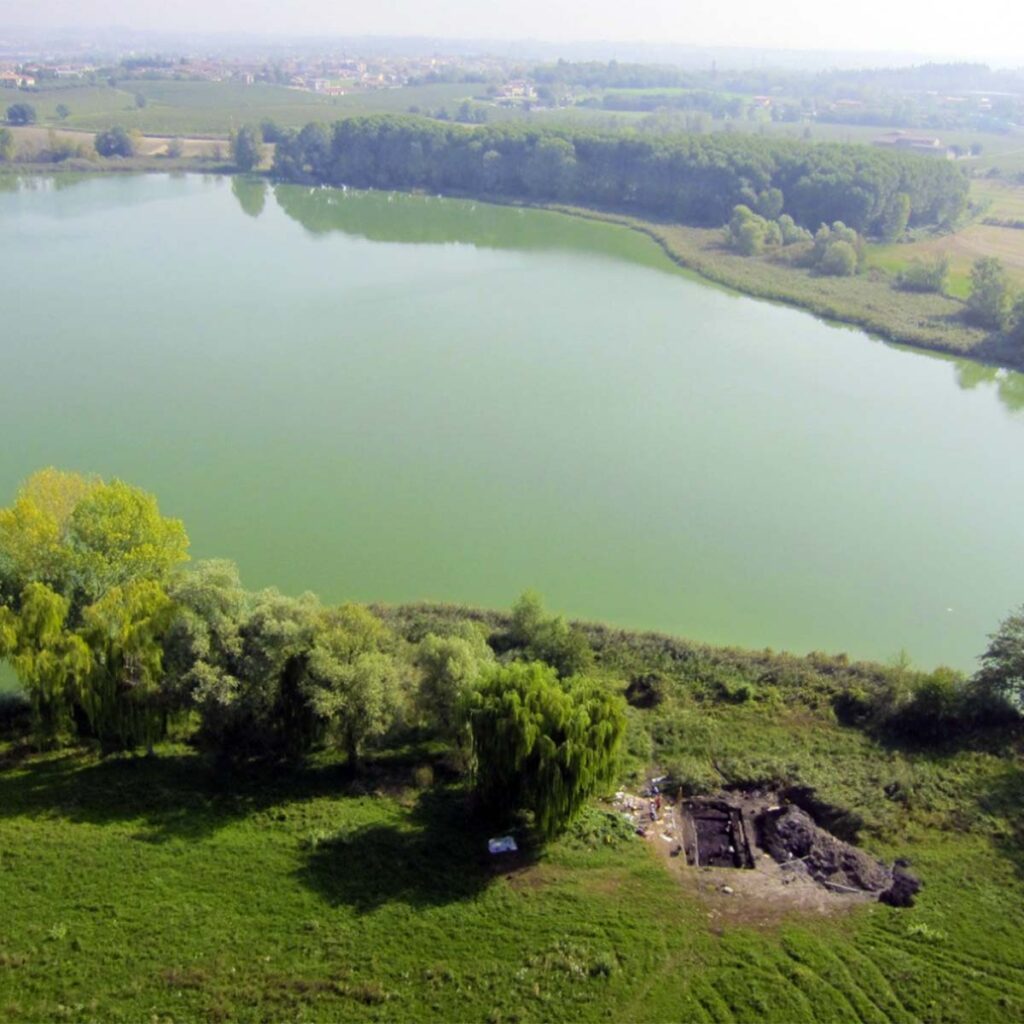
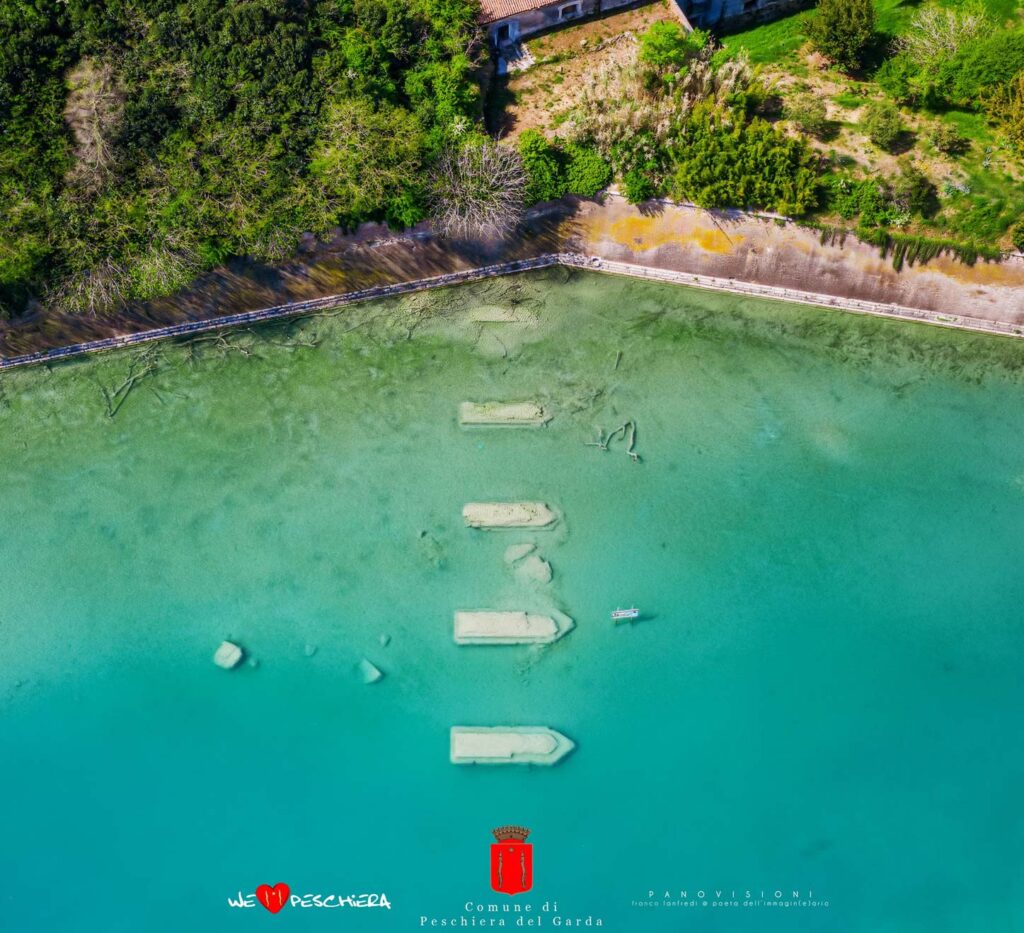
The Roman town
Right in the centre, we can admire the remains of the ancient Roman town of Arilica (1st century B.C. on top of remains from the 2nd-3rd centuries B.C.); they are just a part of a town that developed over the centuries, strengthening its position at the mouth of the Mincio River, which was strategic from both trade and military points of view.
In contrast to the neighbouring towns of Lazise, Valeggio and Sirmione, little remains of Veronese Peschiera; only part of the castle keep is preserved within the Venetian fortress and the foundations of the imposing Belgioioso bridge can be seen on the banks of the Mincio.
Venetian Fortress and its gates
The Venetian fortress, part of the UNESCO World Heritage Site ‘Venetian defence works between the 16th and 18th centuries: Stato da Terra – Stato da Mar’ is what most characterises the historic centre of Peschiera. Built between 1551 and 1553 by Michele Sanmicheli, it is formed by high walls overlooking the canals that join the Garda to the Mincio; it has a five-sided base on the vertices of which rise five imposing bastions.
There are two entrances, or rather three!
Porta Verona, the most sumptuous gate welcoming those arriving from friendly lands: on it stands the Lion of San Marco (a modern reconstruction of the Venetian frieze) and the inscription demanding respect for the Venetian people.
Porta Brescia, or country gate, architecturally more modest, connects the fortress to the ‘foreign’ hinterland with a long bridge.
And lastly the ‘water gate’, the Voltoni, five mighty arches that make up the fortified brick bridge, perhaps the best-known image of Peschiera, crowning the Canale di Mezzo that divides what was once the town from the ‘orti’ (vegetable gardens), and the lake from the river.
The path joining Bastioni Tognon and Feltrin, the park of Bastione San Marco, the gardens of Bastione Querini, and the walkway on the Voltoni offer views and perspectives where nature and history interweave seamlessly.
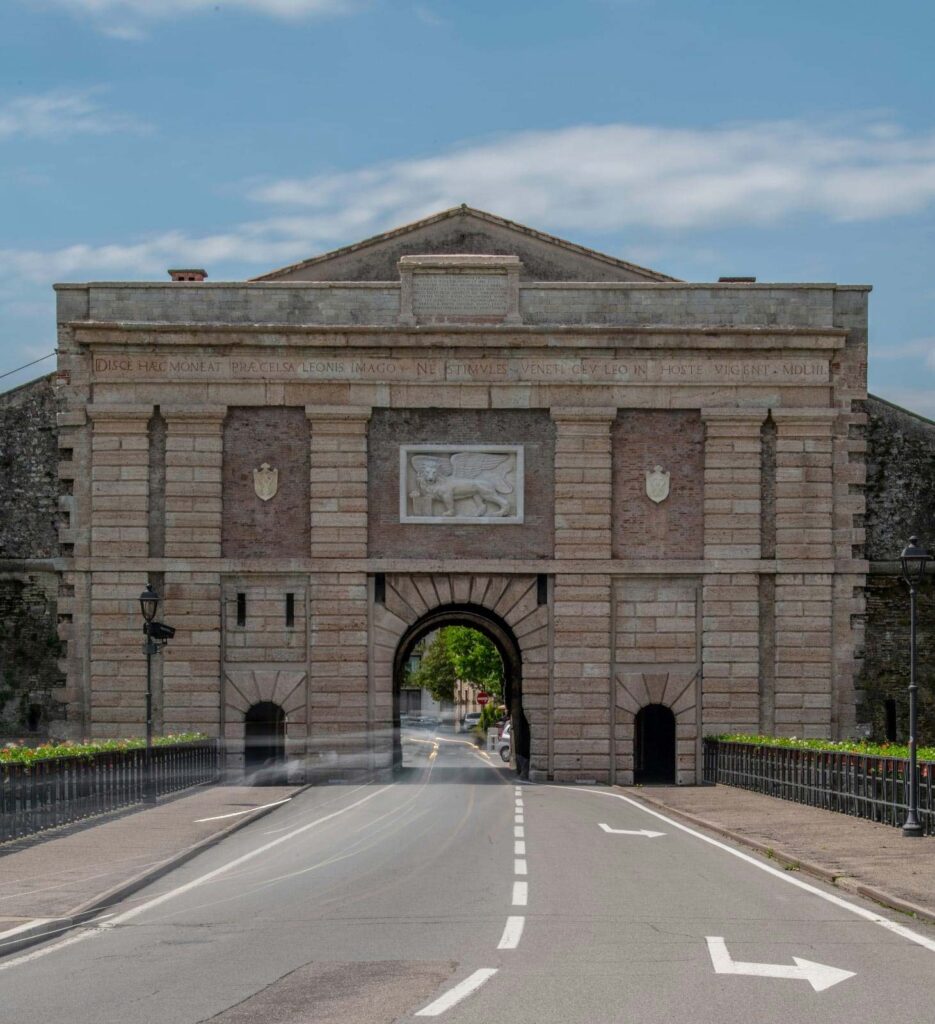
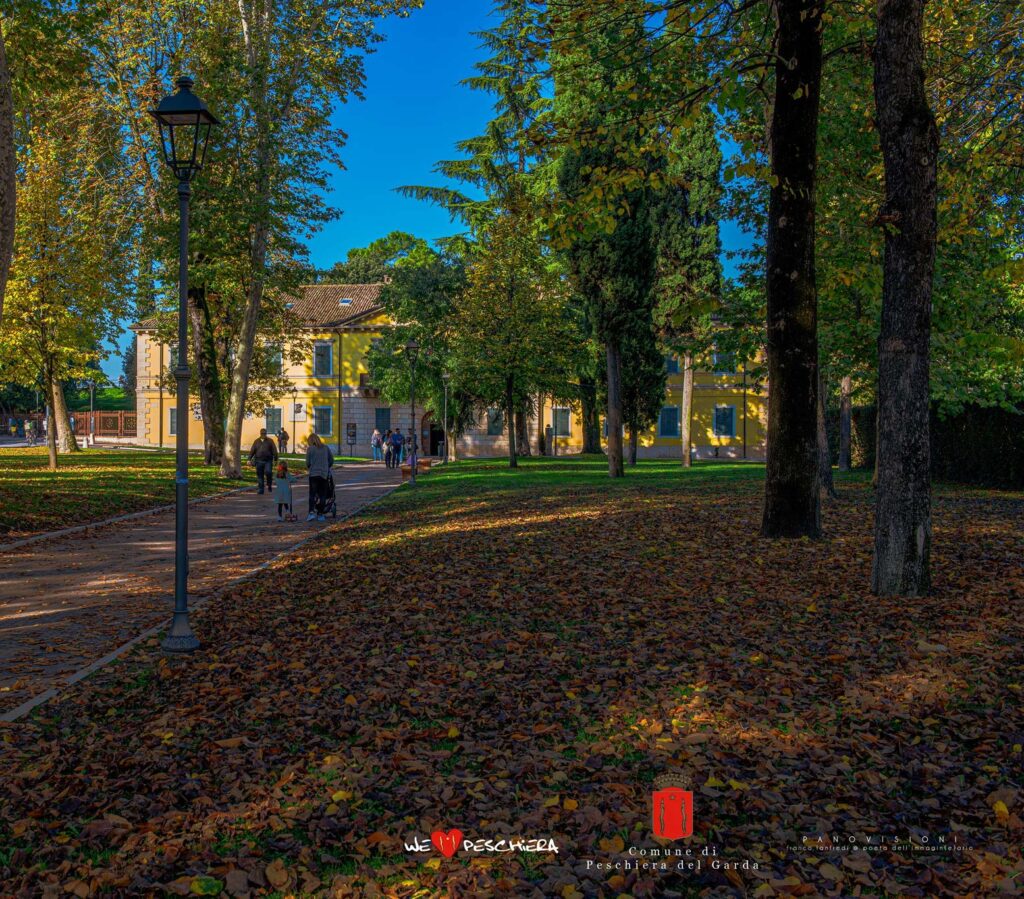
The Hapsburg city
But history moved on and in 1797 Peschiera became Hapsburg and, after a series of ups and downs, the Austro-Hungarians gave Peschiera its ‘modern’ aspect. On the site of the ‘orti’ are the Palazzina del Comando di Presidio (Presidium Command Building), the Francesco I barracks (now home to the State Police School) and the Padiglioni Ufficiali (Officers’ Pavilion), which surrounds the Canale di Mezzo. At the centre of the barracks is the beautiful Catullo Park.
Also in the centre are the Caserma di Cavalleria (Cavalry Barracks), now home to the Town Hall, the Palleria (Artillery Works), and the Artillery Establishment where the Fishing Museum is located.
Piazza Savoia and the centre
The large Piazza Ferdinando di Savoia, the ancient Piazza d’Armi, is surrounded by the XXX Maggio barracks, one of the most modern military hospitals at the time of its construction (mid-19th century); the Rocca, a small fortified square where stand the remains of the medieval Peschiera; and the Parish Church of San Martino, whose current appearance dates back to the 1930s, where part of the relics of the Blessed Andrea da Peschiera are preserved.
Delving into the past and history, one can walk through the streets of the centre, past shops and restaurants, in search of the ancient hidden treasures that appear at the corners of the narrow streets, or looking up at the many buildings that have made the history of this beautiful lakeside town.
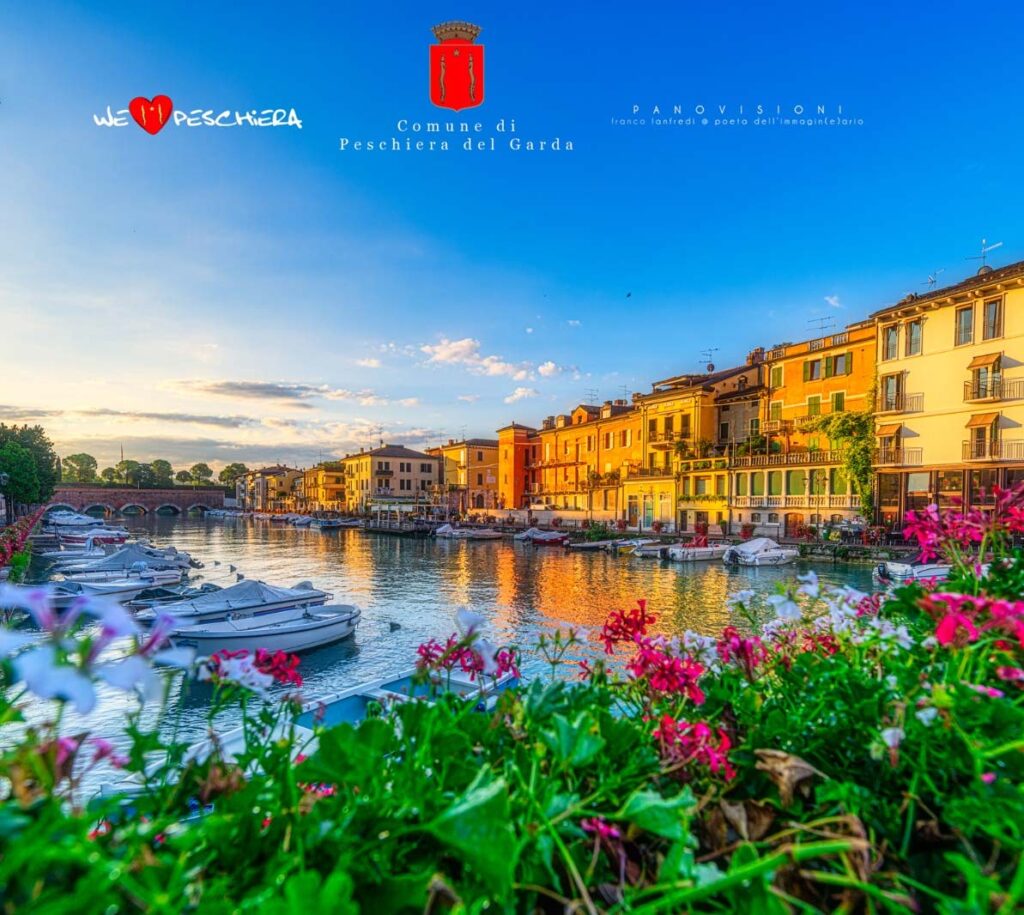
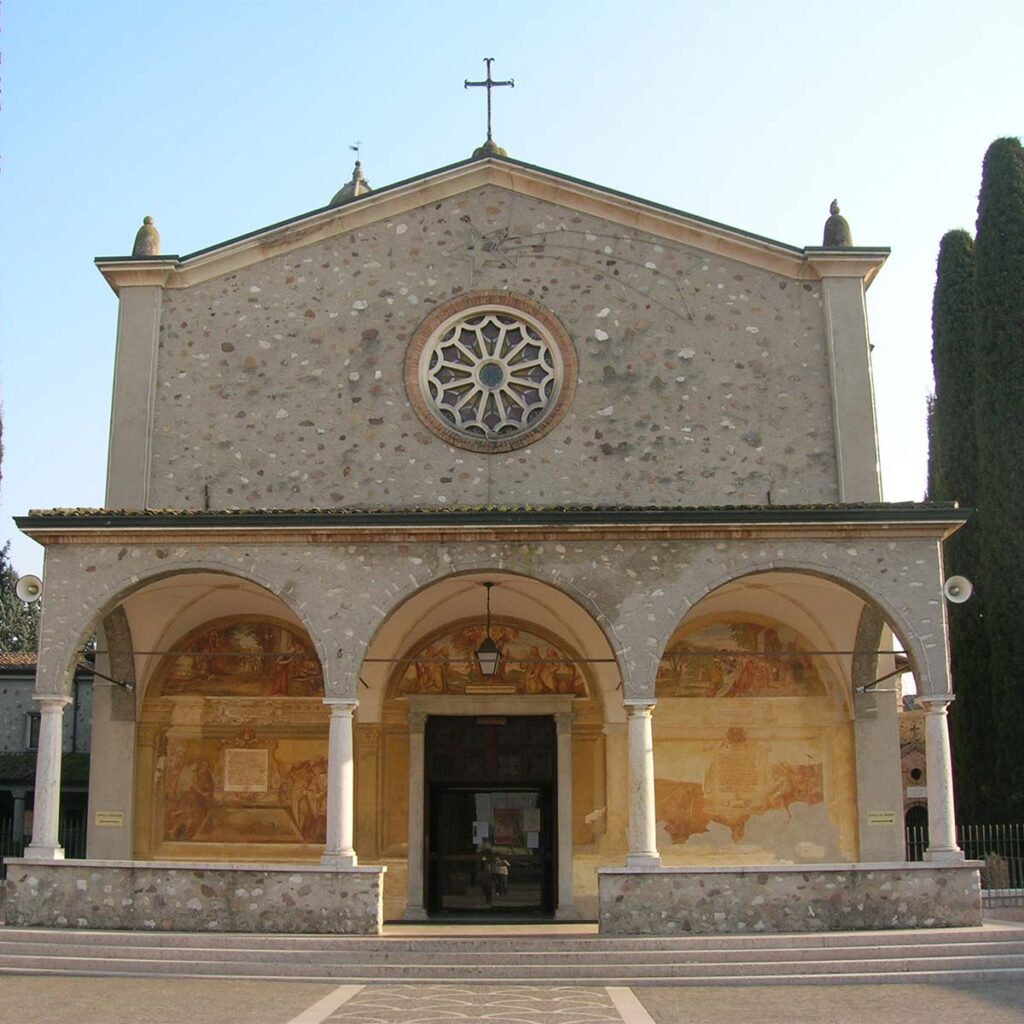
Sanctuary of the Madonna del Frassino
In the nearby countryside Religion, Art and History coexist in the Sanctuary of the Madonna del Frassino. It venerates the small statue of the Madonna del Frassino, who miraculously appeared on 11 May 1510 among the branches of an ash tree, to a shepherd attacked by a snake. The church’s interior houses numerous valuable works of art by Paolo Farinati, Giovanni Andrea Bertanza, Zeno da Verona and Muttoni il Giovane.
Laghetto del Frassino
Finally, the protected natural area of the Laghetto del Frassino is not to be missed. It is a small lake created by the melting of the Benaco glacier during the last ice age. A pile-dwelling site in the Bronze Age, it is an important winter stopover or migratory transit area for numerous species of waterfowl. Its shore is in many parts walkable and offers dreamlike vistas, especially when the reflections turn golden at sunset.
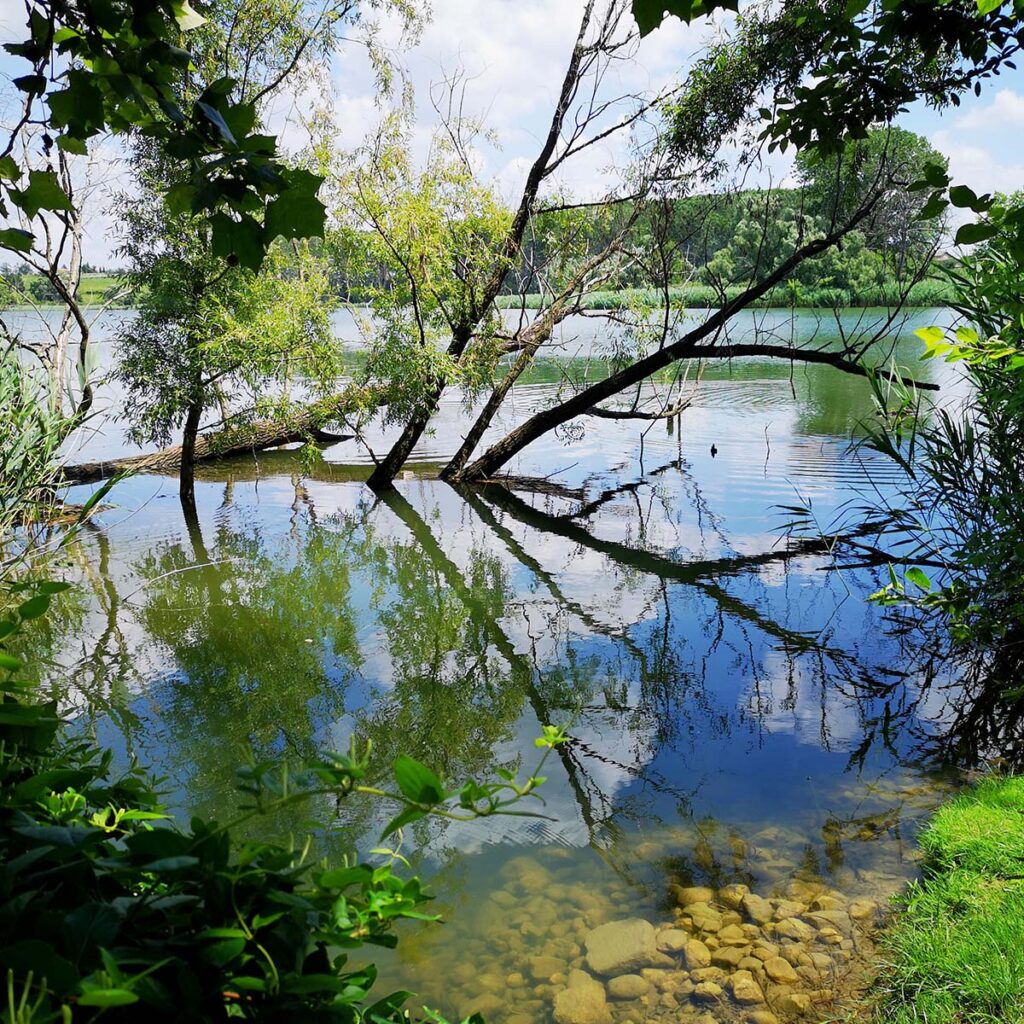
Contact Us
Do you want to request a personalized quote?
We respond as soon as possible to all your doubts or stay requests. If you want to receive a tailor-made offer, fill in and send the form you see below. What are you waiting for? Contact us now!
